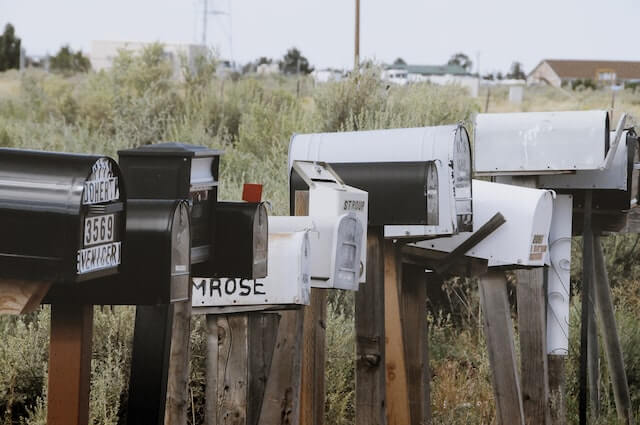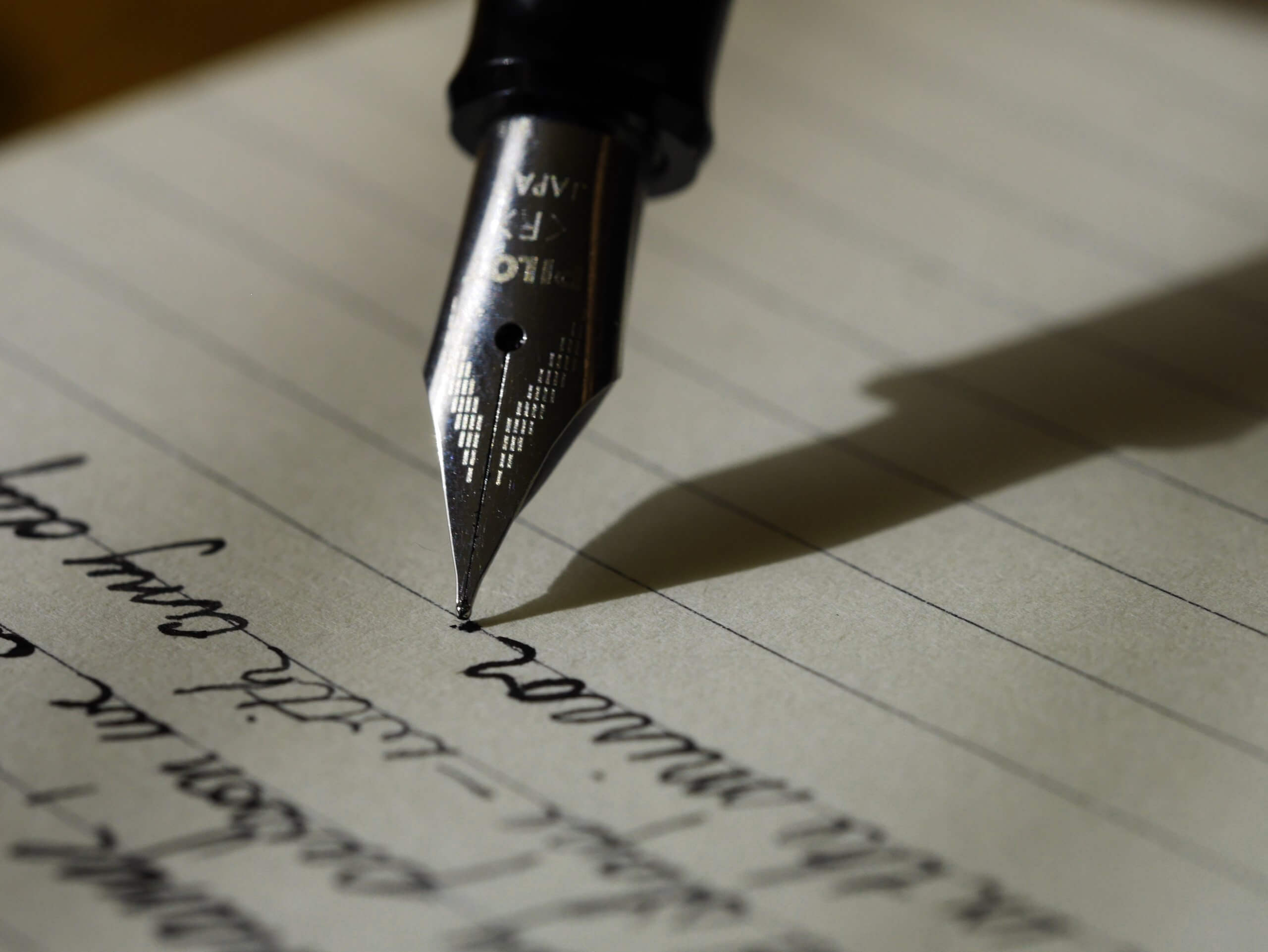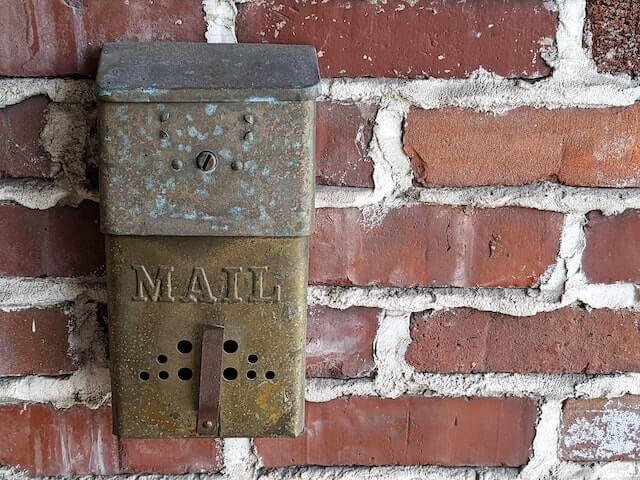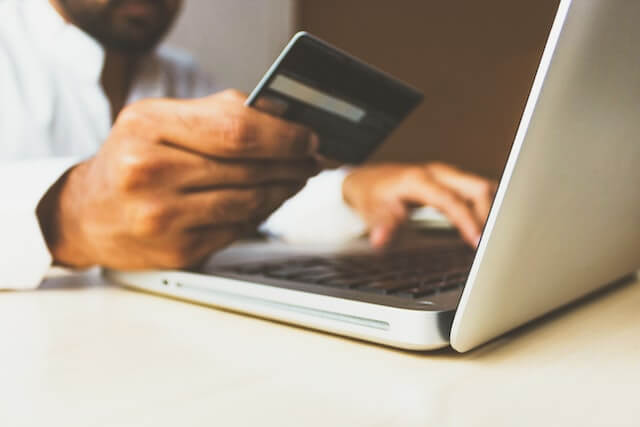Imagine meeting your best friend for the first time, after sixty years.
That’s the story of Canadian Dolores Baily and Australian Lyn Carpenter. They started corresponding at age ten through a school pen pals program. They haven’t stopped writing since. They bonded over their mad love for the Beatles. They sent photos and little gifts to each other. They got through the teen years together. They celebrated marriage, had kids—writing letters to each other all the time. And in 2019, Dolores finally hopped on a flight to Sydney, Australia, to meet Lyn for the first time.
“She’s the friend I’ve had the longest,” as Carpenter put it. All made possible by the simple joy of writing a message and mailing a letter.
Reading this story got us thinking: Whatever happened to pen pals? We recently shared how writing letters fights depression. And the reason is: When you can’t have a conversation in person, a letter feels like a conversation apart. Letters are authentic – the deepest form of human connection, next to physical interaction. A reader will feel the investment of time, energy, and emotional output that went into a letter. Letters are intimate. Letters are personal—especially in an era of impersonal, easy methods of communication. Notes feel special and make the reader feel special.
Which brings us to our question: Whatever happened to pen pal programs? We’re happy to tell you—they never went away. Pen pal programs are in schools all over the world. Some pen pals never stopped writing to each other, like Dorothy or Lyn. Or Britain’s Nona Avery and Ohio’s Alice Powers, who have written more than 1,000 letters to each other over 72 years. Their letters followed every moment of their lives—including the sad passing of their husbands. “Obviously, we were both on hand to write letters of condolence and share our grief,” says Nona.
“I know Alice’s letters will comfort me. Our correspondence shares the sadness, ¬the happiness and everything in between.”
PBS Kids makes a strong case for the benefits of pen pal programs for young people.
- Writing letters grow literacy skills. Communicating via letter is a great way for kids to practice writing skills. Not just the technicalities of writing, like grammar and structure, but also communicating effectively and compellingly with a real person.
- Writing letters teaches kids patience. We live in the era of instantaneous gratification—the funny YouTube video, the video game, or the text message to your best friend, are always a click away. Part of the joy of letters is their infrequency. Once a kid sends a letter, they have to wait to receive a reply. The reply won’t come five minutes later, with a notification on their phone. In a time when good things happen faster, learning patience young is critical.
- A pen pal is a great way to teach kids about other cultures. Many kids were and are fortunate to have pen pals in different countries. What an incomparable opportunity to explore other languages, other cultures—all the insights gathered from genuine friendship with those different from us. That’s a special experience for any young person, made possible by having a pen pal.
And pen pals aren’t something only kids enjoy. Adults like Dorothy, Lyn, None, and Alice want them too. The pen pals subreddit has 134,000 members as of this writing. We’re happy to say there are many websites, apps, and platforms where prospective pen pals pair up.
So, what happened to pen pals? That’s up to you. This is a time where we could all use a little more connection in our lives. Try doing it the old-fashioned way, made new again. Sit down and write a letter to a stranger. Watch how quickly a stranger can become a lifelong friend.
Want to level up your direct mail? Contact us.










